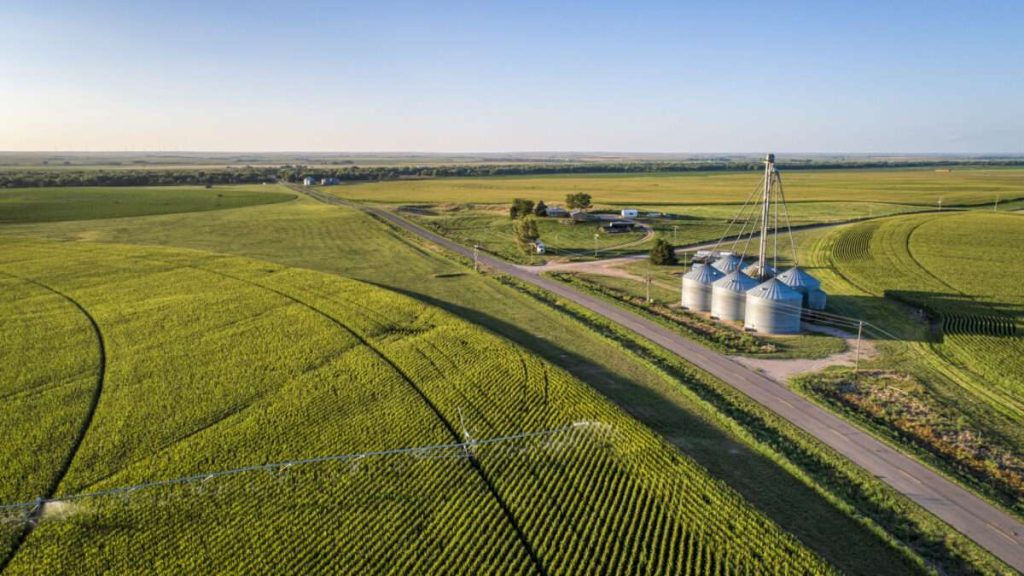The renowned whiskey writer Clay Risen recently recounted in The New York Times how nal t’eel, a Mexican corn varietal grown on the Yucatán Peninsula for more than 4,000 years, was saved when a local craft distillery started making whiskey with it. While a gripping and inspiring tale on its own, the resurgence of nal t’eel is also part of a much larger story arc. Over the last decade, the heritage whiskey movement has exploded—part of an even larger ancient and heirloom grain revival.
While there is disagreement on what constitutes an “heirloom” or “heritage” grain—some point to grains developed prior to World War II whereas others define them as varietals brought to the New World by immigrants—they have become catch-all terms for grains that have not undergone significant genetic modification regardless of their age. The results range from whiskey made with Jimmy Red Corn to an artisanal bakery’s millet-and-sorghum sourdough loaf.
It’s not just hipsters, foodies, and the health-conscious who are swapping their bleached flour for stone-ground buckwheat. The world’s ancient grain market is projected to grow at a 37 percent compound annual growth rate, reaching $10 billion by 2032. As Sarah Herrington, a nutritionist at Brio-Medical, summarized it: “We’re seeing a return to the traditional, over the conventional.”
Yet “the conventional” is growing, not shrinking. Since the early 1990s, the acreage planted in the basic “big four” crops—corn, soybeans, wheat, and cotton—has expanded. If consumers are increasingly interested in a return to old-school grain and crops, why aren’t more farmers following suit?
Answer: the U.S. government.
Switching crops could mean turning down what is essentially free money. The government subsidizes up to 60 percent of the cost of crop insurance premiums, but that comes with a catch: This and other subsidies are heavily skewed toward monoculture farming—growing a single crop on most or all of a farm’s available acreage. This means less crop diversity, less experimentation with obscure grain varietals, and less sustainable and regenerative farming practices. It also increases soil erosion and the use of fertilizer and pesticides.
Modern farm policy began under President Franklin Delano Roosevelt, with the aim of helping struggling farmers during the Great Depression. That initial legislation applied to a specific list of commodity crops, and although the list has expanded somewhat over time, it remains limited and discourages farmers from experimenting with specialty types of grain.
“Todayʼs crop insurance, for farmers like myself raising corn, soybeans, and wheat, is generous and safe,” says Doug Doughty, a grain and livestock farmer in Missouri. “It guarantees a profitable yield and revenue. At the same time, that discourages innovation into more specialty crops that could better diversify and benefit our food supply.” Empirical research has likewise demonstrated that subsidies reduce crop diversification, as farmers often replace non-subsidized crops with ones that are subsidized.
We see this play out in the realm of perennial crops—defined as crops that live longer than two years and therefore don’t need to be replanted annually—which, alongside heirloom crops, are key players in the modern regenerative agriculture revival. The environmental benefits of perennial crops are vast: They sequester more carbon than annual plants, limit soil erosion, and reduce the use of pesticides.
One of the most promising perennial grains is Kernza, a wheatgrass species that many see as a replacement for conventional wheat and other cereal grains. While researchers just recently made Kernza viable, its derivation from wheatgrass means its ancestry goes back millennia. Kernza lasts for 3 to 5 years, and its deep root system not only helps it pull carbon out of the air but also allows the plant to better survive extreme weather events such as droughts.
Yet only around 4,000 acres of Kernza are currently planted in the U.S.—and as agricultural economists have pointed out, it will never be able to replace traditional annual crops unless the system is overhauled. “You can’t just change the crops,” the University of Iowa economist Silvia Secchi told NPR in 2022. “This is a whole system that we need to modify.”
That’s because the current crop insurance system is tied to losses sustained annually, not losses over a multi-year span. Therefore, although many perennial grains can technically be insured, there is no ready mechanism for insuring the entire lifetime productivity of a perennial crop. Perennials also often require more up-front time and investment to bear results, which is likewise not accounted for under the current insurance program.
The repercussions extend beyond grain to other rediscovered crops as well. American hazelnuts, which some have been heralding as a replacement for soybeans in the Upper Midwest, are likewise perennials and face a similar uphill battle.
Unsurprisingly, those that benefit most from the current system—Big Agriculture and large global seed conglomerates—lobby vociferously for protecting the current system and maintaining the monoculture monolith.
“As long as you have economic protection over one crop, then it prejudicially diminishes the viability of an innovative competitor in the marketplace,” Polyface Farms owner (and self-described “Christian libertarian environmentalist capitalist lunatic”) Joel Salatin said in 2014. In his perfect world, he added, we would “shut down the [Department of Agriculture] and let farmers rise and fall with their own innovation and the savvy of the marketplace.”
Taking the opposite approach to American farm policy, New Zealand decided in the 1980s to eliminate almost all of its farming subsidies. Rather than experiencing calamity, farm productivity increased, agriculture grew as a percentage of the country’s overall GDP, and biodiversity improved as fertilizer use declined.
As long as our government keeps a thumb on the scales and determines what crops our farmers should prioritize, we will miss out on the many known benefits and those yet to be discovered about more diverse grains. A new farm bill is moving through Congress now, and the debate over it will reach a crescendo in the coming weeks. It might be time to pick up a bottle of heritage whiskey—not just for relief, but to offer some solidarity to this small corner of the food world.
The post Government Subsidies Keep Your Food Boring appeared first on Reason.com.







